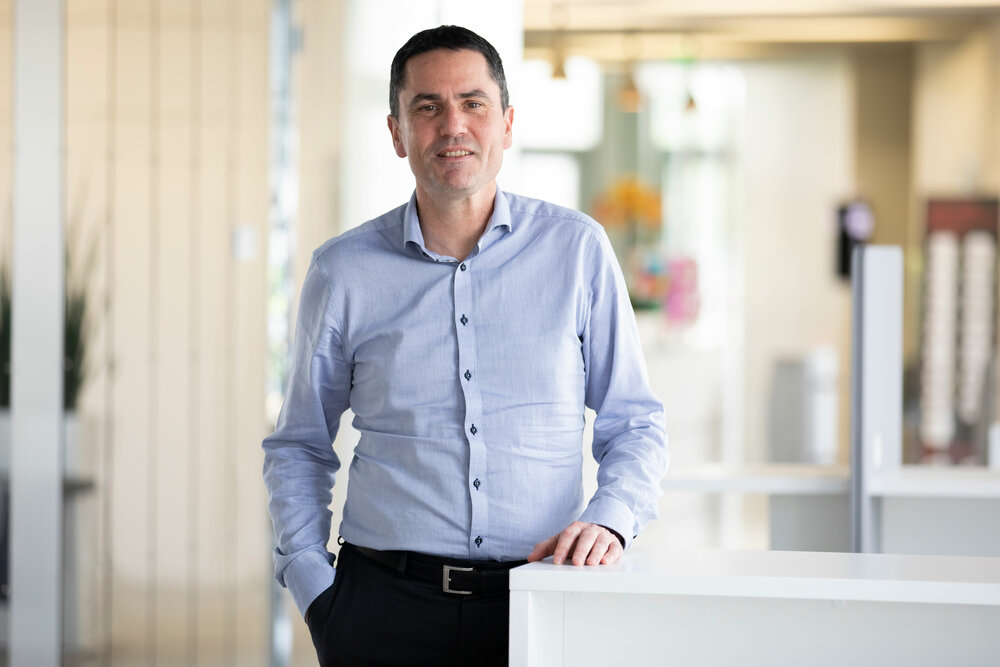
Optimize your dormant IT resources by Michel Corriou
Massive waste of IT resources in private clouds
The public cloud has grown tremendously over the past decade or so, but private datacenters still account for nearly 70% of computer server investments (IDC 2019). The private cloud is growing 15% per year. Servers are designed to handle their peak load, and infrastructure is partially redundant to withstand hardware failures. The result is that 50 to 80% of private datacenters capacity is dormant at any given time[1]. This is neither economically optimal nor environmentally acceptable given that datacenters are a non-negligible contributor to pollution by the electronic industry[2].
At the same time, there is an exponential need for computing resources in order to run Big Data processes. However, investing in dedicated resources is very expensive and the alternative of using the public clouds of market leaders (Google, Amazon, Microsoft) does not guarantee strict data privacy or sovereignty particularly in light of the U.S. law governing this matter, the 2018 CLOUD Act.
Digital transitions in the post-Covid-19 world
The climate of uncertainty from Covid-19 has sped up the desire for a digital transition to cloud infrastructure. Issues which already existed before the pandemic have been made more acute by the crisis, forcing companies to revise their priorities in the following four areas:
1. Strategic aspects of digital transformation & cloud
- Accelerating migration to the Cloud has become the top priority[3]
- 94% of businesses plan to overhaul their IT strategy [3]
- Improve responsiveness to big variations in their IT volume and location needs
- Increase the use of distributed resources to reduce risks, ensure continuity of service, and optimize costs
2. Cutting costs while ensuring their company's resilience
- Rebalance resources and investment
- Understand and address changes in customers’ behavior and in society
- Limit environmental impact
3. Reduce dependencies, move toward digital sovereignty
- Leverage ecosystem partners to shift to an asset-light model
- Mitigate vulnerable dependencies
4. Increase the adoption of data analysis tools
- Quickly identify the availability of systems and their performance constraints
- Scale applications
To discuss these issues, we met with Michel Corriou, Director of Operations at b<>com, to hear from him why the technology that his teams recently developed offers an agile response to this new reality.

Michel, could you tell us what the b<>com *Spare Cloud Allocator* solution is all about?
This technological solution consists of offering a distributed Big Data execution platform relying on dormant computing resources from multiple private datacenters in a collaborative cloud approach.
*Spare Cloud Allocator* offers end clients a Big Data application environment based entirely on unused resources in private infrastructure. These resources are automatically detected, then used optimally, and made available again based on private infrastructure needs. The solution is made secure through mechanisms that isolate each of the instantiated application environments from one another.
Our solution can be deployed on OpenStack or VMWare private infrastructure. The application environments are orchestrated by Kubernetes. We have also implemented predictive models to identify the resources available and allocate them in a smart way without disrupting the internal needs of the private infrastructure. The solution is currently being used internally at b<>com, on our *xG Testbed* experimentation platform. For our own needs, we have integrated the solution Apache Spark because it natively supports distributed infrastructure and incorporates resilience mechanisms. Of course, other application frameworks can also be integrated into the solution depending on what clients ask for.
Who is the solution intended for?
Information services and IT departments in banking, insurance, transportation and logistics, public institutions, pharma, etc. Anyone operating private cloud infrastructure that must also meet the needs of Big Data application users.
What use cases are there?
The first use case we've considered is for a single enterprise, meaning one that has its own datacenters and internal Big Data processing. Very early on in the project, I wanted to promote this particular use case because it represents a very easy-to-access market segment, where acceptance of resource-sharing within a single structure is more likely. The software architecture, however, is designed to support a multi-enterprise model later on.
What are the benefits of this solution?
Let’s talk about the key thing first. This solution is profitable because it keeps companies from having to invest in new servers when very often their existing infrastructure is only being used at half-capacity. An economic study we conducted shows that the cost of execution on a collaborative platform of this type on a dedicated private cloud could be one-third to one-quarter what it is when using an AWS Spot Instance public cloud.
Additionally, by not building new datacenters or investing in new computing and storage capacity, the solution aids in the development of Corporate Social Responsibility (CSR) by limiting environmental impact as the need for computing resources grows exponentially.
Another extremely significant aspect as part of a sovereign digital strategy is that the solution was fully developed in France and is based on well-understood open-source components. It represents an alternative to American and Asian public cloud providers. Our solution makes it possible to ensure strict privacy for data and applications by storing them within the company, close to where their users are.
The solution can be even more disruptive with the open-model (or multi-enterprise) use case, as this can generate a new revenue stream. You could then earn money by leasing the dormant part of your own private infrastructure!
Are you a company that can integrate our solution and offer it to your clients? Our solution is ready for a partner looking to try out this new approach.
[1] M. Carvalho, W. Cirne, F. Brasileiro, and J. Wilkes. Long-term slos for reclaimed cloud computing resources. In Proceedings of the ACM Symposium on Cloud Computing, pages 1–13. ACM, 2014
[2] The growth in the flow of e-waste is the fastest in the world, with 48.5 million tons in January 2018, according to the 2019 World Economic Forum report.
[3] according to an IDC study in Europe in Q2 2020

